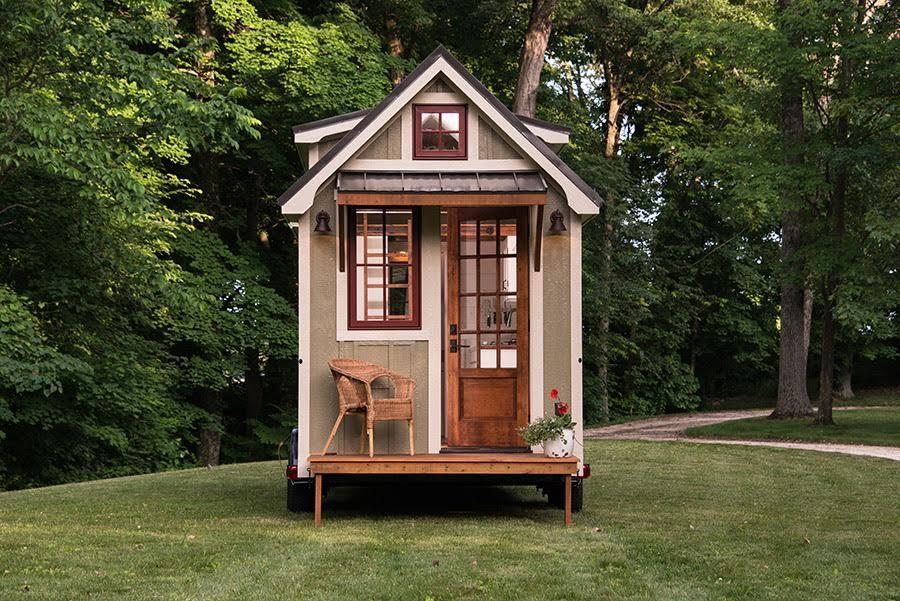Less Is More: Tiny Homes Make a Big Impact
October 31, 2016
Picture a house. One-story, roughly two-thousand five-hundred square feet in size, spacious enough, but nothing grand. Now imagine shrinking that house to twenty percent of its size, only five-hundred square feet of living, cooking, and sleeping space. Who in the world would deliberately choose such cramped quarters?
The answer: thousands of people jumping on the “tiny home” bandwagon.
Tiny homes are usually designed between one-hundred and four-hundred square feet, and as each one is custom-built, they are all very unique. They range from yurts and barns to converted trains and mini-houses on wheels; communities of tiny homes exist in several locations across the United States, including Boneyard Studios in Washington D.C. and Quixote Village in Olympia, Washington.
This rather unconventional form of living conditions has rapidly increased in popularity. Contrary to the stereotypical “American dream,” which promotes “bigger is better,” tiny home owners have chosen to downsize their abodes in order to make room for new adventures.
The HGTV network even features a show, Tiny House Hunters, which documents an individual’s or couple’s experience during their search for miniscule accommodations. Girard, an IT specialist who lives in Chile Vista, near San Diego, appeared on the show to search for a two-hundred square foot, movable space.
“I don’t need to have a large, two-thousand square foot home that I can’t afford to keep,” (HGTV).
The motivation for such a purchase is generally financially and personally driven, as the tiny home is cheaper to build and maintain, the owner(s) would save thousands of dollars. Rather than spending one-third to one-half of their income on their mortgages, which is common for most Americans, these people are able to put these savings towards travel and outings.
Some tiny homes are built mobile, allowing easy transportation for those who desire to live somewhere new whenever they feel the need for change.
“Despite pressure from the society we live in, people in the tiny house movement are turning to these alternatives and living the life many of us dream of. It is a life that we choose, not one that we are forced into, which is empowering,” (Betterway Home).
The idea that simplicity leads to happiness drives the movement to tiny houses. Living small creates less stress and allows time for the more important things in life, whether it is friends, family, or adventure, tiny homes open up endless opportunities.
Johnson, Cat. “11 Tiny House Villages Redefining Home.” Shareable. N.p., 17 Sept. 2014. Web. 24 Oct. 2016.
“Starting Fresh By Going Small in San Diego.” Tiny House Hunters. HGTV. San Diego, California, 26 Dec. 2015. Television.
“What Is The Tiny House Movement?” The Tiny Life. N.p., 19 Oct. 2015. Web. 24 Oct. 2016.
